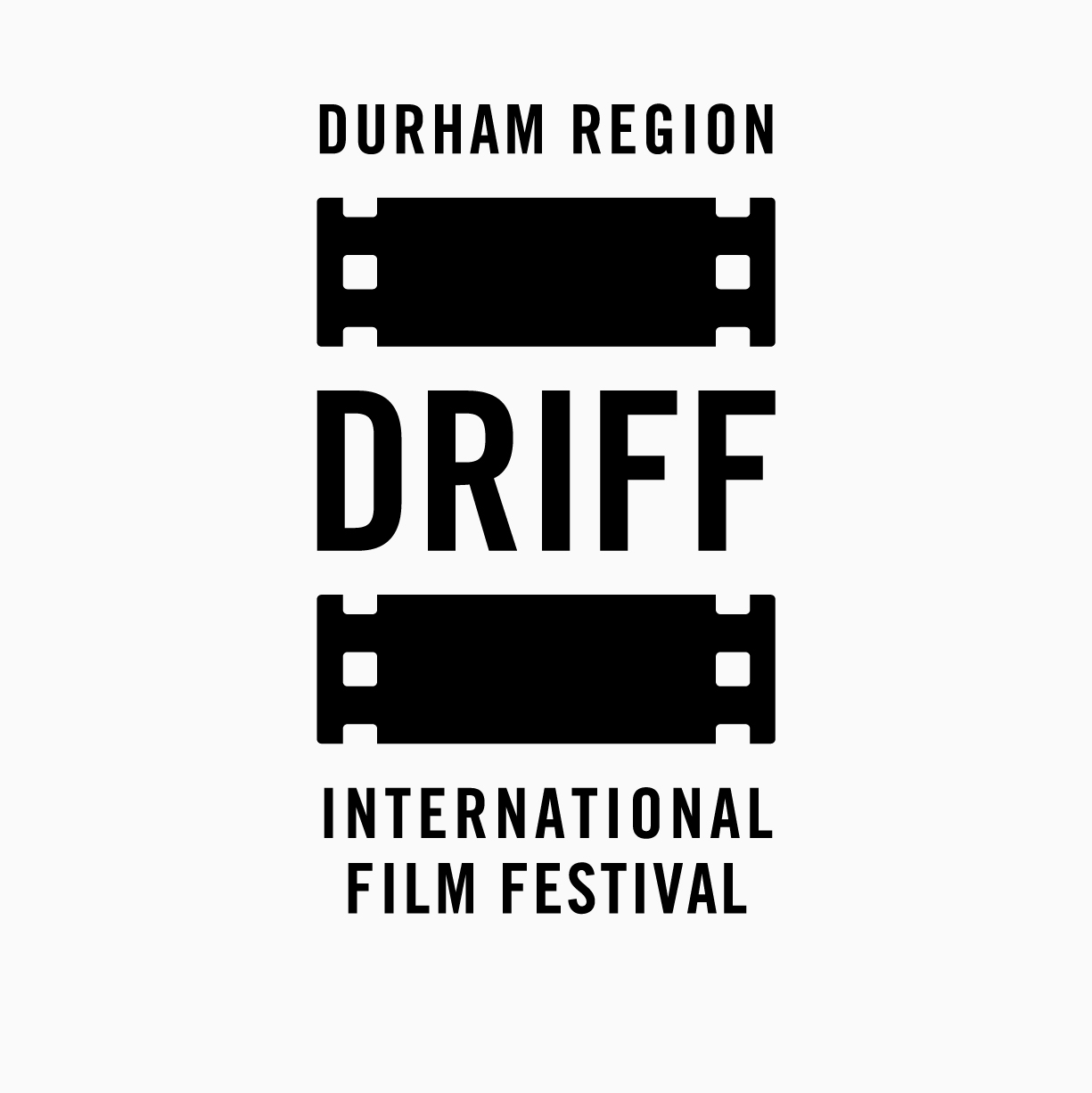Lesson 7: The Rope Cut
Ready on set? Welcome to DRIFF’s DIY Film School, where we introduce you to some tips and tricks that any aspiring filmmaker can try from the comfort of their home. We’ll guide you through exercises to sharpen your skills as a filmmaker, showing you the basics of what it takes to succeed behind the camera so you can start shooting your own films today.
Lesson 7
The Rope Cut
While previously forgotten, the stylistic choice of a single take movie was revolutionary. Although it may appear as one continuous shot, clever tricks in camerawork and editing allowed multiple takes to be utilized for this illusion.
Notable modern films like Birdman (2014), 1917 (2019), Gravity (2013) have popularized this stylistic choice, its use in film is noted as early 1948 in the film Rope directed by Alfred Hitchcock.This film consisted of 10 edits and as a result, many of the shots were continuous. This was achieved through tricks like covering the camera panning along an object and by using the placing of actors within the scene– you can make the edits almost invisible.
What makes this film's use of hiding edits work is the premise involves a body hidden away in a chest within a penthouse. While the camera doesn’t venture into the chest, it follows the murders around the house, tracking their every movement. As a result, Hitchcock structures the film through hidden cuts. However, film reels could only shoot around 10 minutes before they ran out of recording space. Hitchcock wanted the film to appear to have no edits, so this forced him to hide the editing points to make the transitions as seamless as possible.
Rope is an important film to watch and study as it helps filmmakers understand ways they can hide their own edits in ways that aren’t too costly and expensive. It inspired countless filmmakers to experiment with longer takes and storytelling techniques. How long you hold a scene for does a lot to change the information portrayed and helps create unease within the setting.
Filmmaking is about choices and framing. The work you put into the cinematography can shape the materials that the editor can sculpt with. Movies are sort of like time machines, no one ages within the film, they remain exactly as you remember it so playing with how long you hold on a scene can do a lot with how a viewer connects with your film and experiences it.
Connor Walsh is Photographer, Video Editor, and Writer based in Southern Ontario.
—
If you’re interested in becoming part of a local film community or attending a film festival near you, the Durham Region International Film Festival’s events are for you! DRIFF presents an annual fall film festival in Durham Region, summer drive-in movie screenings in Whitby and DRIFF in a Jiff short film screenings in Oshawa. Visit driff.ca, become a DRIFF insider or follow us on social media at @catchthedriff for all the details.
